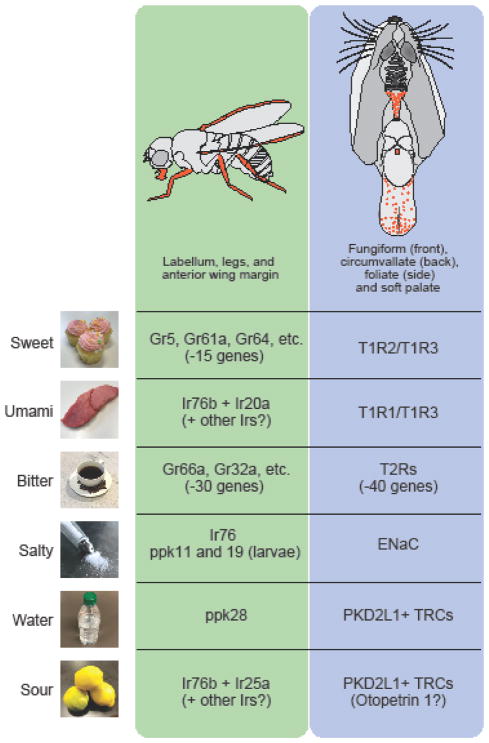Figure 1. Taste detection in insects and mammals.
Taste organs in Drosophila melanogaster and mouse (top). In flies, taste stimuli are detected by gustatory receptor neurons (GRNs) in labella of the proboscis, legs, and wings (left, highlighted in orange). These taste organs express distinct but partially overlapping subsets of taste receptors. In mammals, taste buds are distributed in different regions of the tongue including fungiform (front), foliate (side), circumvallate (back) papilla, as well as soft palate (right, highlighted in orange). Most taste receptors are expressed in all papilla on the tongue, but functional ENaC is expressed only in fungiform or palate buds. Each basic taste quality is mediated by a unique subset of gustatory receptors (Grs), ionotoropic receptors (Irs) or ppk channels in flies. In mammals, taste receptors (T1Rs and T2Rs) and ion channels are responsible for basic taste detection. Vertebrates and invertebrates share similar cellular organization for taste detection in that different taste qualities are generally encoded by anatomically distinct neural populations.

